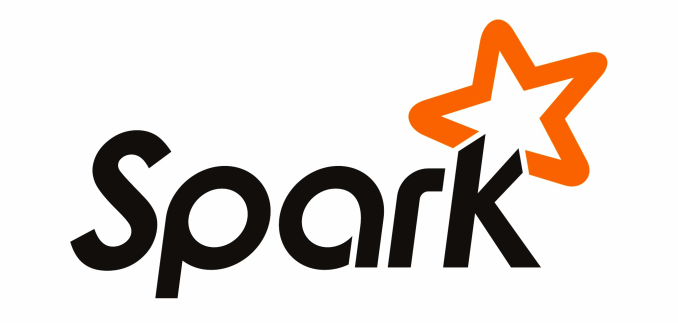The Intel Xeon E5 v4 Review: Testing Broadwell-EP With Demanding Server Workloads
by Johan De Gelas on March 31, 2016 12:30 PM EST- Posted in
- CPUs
- Intel
- Xeon
- Enterprise
- Enterprise CPUs
- Broadwell
Big Data 101
Many of you have experienced this: you got a massive (text) file (a log of several weeks, some crawled web data) and you need to extract data from it. Moving it inside a text editor will not help you. The text editor will probably collapse and crash as it cannot handle the hundreds of gigabytes of text. Even if it doesn’t, repeated searches (via grep for example) are not exactly a very fast nor are they scientific way to analyze what is hidden inside that enormous hump of data.
Importing and normalizing it into a SQL database via the typical Extract, Transform and Load (ETL) process is tedious and extremely slow. SQL databases are built to handle limited amounts of structured data after all.
That is why Google created MapReduce: by splitting up those massive amounts of data in smaller slices (mapping) and reducing (aggregating, calculating, counting) them to the results that matters to you, you can avoid the rather sequential and slow query execution plans that need to evaluate the whole database to provide meaningful results. Combine this with a redundant and distributed filesystem HDFS that keeps data close to the processing node. The result is that you do not need to import data before you can use it, you do not need the ultimate SSD to quickly load so much data at once, and you can distribute your data mining over a large cluster.
I am of course talking about the grandfather of all Big Data crunching: Hadoop. However Hadoop had two significant disadvantages: although it could crunch through terabytes of data where most other data mining systems collapsed, it was pretty slow the moment you had go through iterative steps, as it wrote the intermediate results to disk. It also was pretty bad if you just want to launch a quick simple query.
Apache Spark 1.5: The Ultimate Big Data Cruncher
This brings us to Spark. In addressing Hadoop’s disadvantages, the members of UC Berkeley’s AMPlab invented a method of keeping the slices of data that need the same kind of operations in memory (Resilient Distributed Datasets). So Spark makes much better use of DRAM than MapReduce, and also avoids many write operations.
But there is more: the Spark framework also includes machine learning / AI libraries that you can use inside your scala/python code. The resulting workload is a marriage of machine learning and data mining that is highly parallel and does not need the best I/O technology to crunch through hundreds of gigabytes of data. In summary, Spark absolutely craves more CPU power and better RAM technology.
Meanwhile, according to Intel, this kind of big data technology is top growth driver of enterprise compute demand in the next few years, as enterprise demand is expected to grow by 67%. And Intel is not the only one that has seen the opportunity; IBM has a Spark Technology Center in San Francisco and launched "Insight Cloud Services", a cloud service based on top of Spark.
Intel now has a specialized Big Data Solutions group, led by Ananth Sankaranarayanan. This group spearheaded the "Big Bench" benchmark development, which was adopted by a TPC group as TPCx-BB. The benchmark is expressed in BBQs per minute...(BBQ = Big Bench Queries). (ed: yummy)
Among the contributors are Cloudera, Cisco, VMware and ... IBM and Huawei. Huawei is the parent company of the HiSilicon ARM processor, and IBM of course has the POWER 8. Needless to say, the new benchmark is going to be an important battleground which might decide whether or not Intel will remain the dominant enterprise CPU vendor. We have yet to evaluate TPC-BBx, but the next page gives you some hard benchmark numbers.











112 Comments
View All Comments
petar_b - Saturday, August 27, 2016 - link
Thanks Phil_Oracle, Brutalizer and Anand for this discussion. I have learned a lot from reading different opinions. I am working with IBM and Oracle software products, and from my small experience, Xeons are pathetic when compared to POWER or SPARC. To do same operation at home Xeon it takes 10x more time than what it takes the corporate server to do. I have double memory than corporate server and yet no help from it.someonesomewherelse - Thursday, September 1, 2016 - link
Btw how locked down are these Xeons and their motherboards in regards to overclocking? Assuming you could provide enough power and cooling could you reach a decent overclock? Obviously nobody is going to do that for mission crittical servers/workstations, but if I had too much money could I get a quad or octa core system with as much cores possible and at least try to overclock them?